Home>Gardening & Outdoor>Landscaping Ideas>How To Treat Grass Burn On Skin
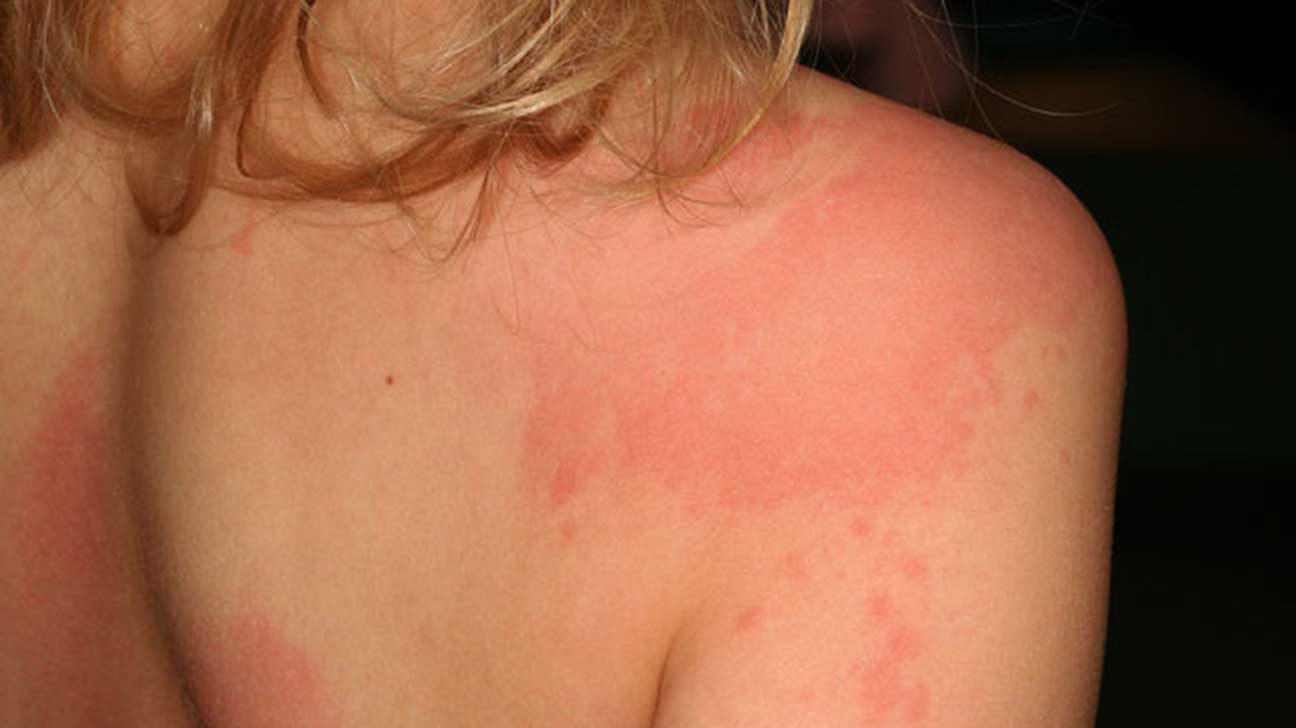

Landscaping Ideas
How To Treat Grass Burn On Skin
Published: January 26, 2024
Learn effective landscaping ideas to prevent and treat grass burn on skin. Discover expert tips for soothing and healing irritated skin. Boost your outdoor enjoyment with our helpful advice.
(Many of the links in this article redirect to a specific reviewed product. Your purchase of these products through affiliate links helps to generate commission for Storables.com, at no extra cost. Learn more)
Introduction
Welcome to the great outdoors, where the lush green grass invites us to bask in its natural beauty. However, amidst the joy of frolicking on the grassy lawns, there lies a potential threat – grass burn. This common occurrence can put a damper on the outdoor fun, leaving behind itchy, red, and irritated skin. In this comprehensive guide, we will delve into the world of grass burn, exploring its causes, symptoms, and most importantly, how to treat it effectively.
Whether you are an avid gardener, a sports enthusiast, or simply someone who enjoys spending time in nature, understanding grass burn and its remedies is crucial for a wholesome outdoor experience. So, let's embark on this journey to discover the best ways to treat and prevent grass burn, ensuring that you can fully embrace the beauty of the outdoors without the discomfort of irritated skin.
Key Takeaways:
- Grass burn, caused by certain grass species, can lead to skin irritation. Immediate first aid and home remedies like aloe vera gel and oatmeal baths can provide relief. Seek medical attention for severe symptoms.
- Prevent grass burn by choosing clothing wisely, using protective barriers, and staying mindful of grass species. Enjoy the outdoors while safeguarding your skin with proactive prevention measures.
Read more: How To Treat A Astro Turf Burn
Understanding Grass Burn
Grass burn, also known as grass dermatitis, is a skin irritation caused by contact with certain grass species. While grass is typically associated with softness and comfort, some varieties contain microscopic barbs or tiny hairs that can cause irritation when they come into contact with the skin. These barbs can act like tiny needles, causing microscopic punctures and leading to an inflammatory reaction in the skin.
Grass burn is more likely to occur when the skin is damp or sweaty, as moisture can facilitate the penetration of the barbs. Additionally, prolonged contact with grass, such as sitting or lying on it, increases the risk of developing grass burn. The symptoms of grass burn include redness, itching, and sometimes small, raised bumps or blisters on the affected area.
It is important to note that some individuals may be more sensitive to grass burn than others, and repeated exposure can lead to heightened skin reactions. Furthermore, certain grass species, such as Bermuda grass and ryegrass, are known to cause more severe skin irritation compared to other varieties.
Understanding the nature of grass burn and its triggers is essential for effectively managing and preventing this common outdoor nuisance. By recognizing the factors that contribute to grass burn, individuals can take proactive measures to protect their skin and minimize the risk of discomfort and irritation.
Immediate First Aid
When faced with the discomfort of grass burn, it is essential to provide immediate first aid to alleviate the symptoms and prevent further irritation. Here are the key steps to take when treating grass burn:
- Wash the Affected Area: The first step in treating grass burn is to gently wash the affected area with mild soap and water. This helps remove any microscopic grass particles that may be lodged in the skin, reducing the risk of ongoing irritation.
- Cool Compress: Applying a cool compress or cold, damp cloth to the affected area can provide relief from itching and inflammation. The cool temperature helps soothe the skin and reduces discomfort.
- Avoid Scratching: While the urge to scratch the irritated skin may be strong, it is important to resist this temptation. Scratching can further aggravate the skin and potentially lead to infection.
- Topical Calamine Lotion: Applying a gentle, over-the-counter calamine lotion to the affected area can help alleviate itching and soothe the skin. Calamine lotion has a cooling effect and can provide relief from discomfort.
- Hydrate the Skin: Using a gentle, fragrance-free moisturizer can help keep the skin hydrated and prevent excessive dryness, which can exacerbate the symptoms of grass burn.
These immediate first aid measures can help manage the discomfort associated with grass burn and promote the healing of the affected skin. However, if the symptoms persist or if there are signs of infection, it is important to seek medical attention for further evaluation and treatment.
Home Remedies
While immediate first aid provides initial relief, home remedies can further aid in soothing and healing grass burn. These natural remedies are often readily available and can be effective in managing the symptoms of grass burn. Here are some home remedies to consider:
- Aloe Vera Gel: The soothing properties of aloe vera make it a popular choice for treating skin irritations. Applying a thin layer of pure aloe vera gel to the affected area can help reduce inflammation and provide relief from itching.
- Oatmeal Bath: Soaking in an oatmeal bath can be incredibly soothing for irritated skin. Colloidal oatmeal, available in many drugstores, can be added to a lukewarm bath to help calm and moisturize the skin.
- Cold Milk Compress: Dipping a clean cloth in cold milk and applying it to the affected area can help alleviate itching and reduce inflammation. The proteins and fats in milk can contribute to skin soothing and healing.
- Chamomile Tea Compress: Chamomile tea, known for its anti-inflammatory properties, can be brewed and cooled before being used as a compress on the affected skin. The gentle nature of chamomile can help calm the skin and reduce discomfort.
- Baking Soda Paste: Mixing baking soda with water to create a paste and applying it to the affected area can help alleviate itching and promote healing. Baking soda has mild anti-inflammatory properties and can help balance the skin’s pH levels.
These home remedies offer natural and gentle ways to manage the symptoms of grass burn. It is important to perform a patch test before using any new remedy to ensure that it does not cause further irritation. While these remedies can be effective for mild cases of grass burn, seeking medical advice is recommended for more severe or persistent symptoms.
Apply aloe vera gel or a cool compress to soothe the burn. Avoid scratching or picking at the affected area to prevent infection. If the burn is severe, seek medical attention.
Medical Treatment
While home remedies and immediate first aid can provide relief for mild cases of grass burn, seeking medical treatment may be necessary for more severe or persistent symptoms. A healthcare professional can assess the extent of the skin irritation and recommend appropriate treatment options. Here are some medical treatments that may be prescribed for grass burn:
- Topical Steroids: In cases of significant inflammation and itching, a healthcare provider may prescribe a topical steroid cream to help reduce the inflammatory response in the skin. These creams can provide relief from discomfort and aid in the healing process.
- Antihistamines: Oral antihistamines may be recommended to alleviate itching and reduce the body’s histamine response to the skin irritation. Antihistamines can help manage symptoms and promote comfort during the healing process.
- Prescription Medications: In more severe cases of grass burn, especially those accompanied by infection or extensive skin irritation, a healthcare provider may prescribe oral medications or antibiotics to address the condition and prevent complications.
- Professional Wound Care: For grass burns that have resulted in open wounds or blisters, professional wound care may be necessary to ensure proper healing and reduce the risk of infection. Healthcare providers can provide guidance on wound care techniques and dressings.
It is important to consult a healthcare professional if the symptoms of grass burn are severe, persistent, or accompanied by signs of infection. Prompt medical attention can help prevent complications and ensure effective management of the condition.
Read more: How To Treat A Trampoline Burn
Prevention Tips
Preventing grass burn is key to enjoying outdoor activities without the discomfort of skin irritation. By adopting proactive measures, individuals can reduce their risk of developing grass burn and minimize the impact of potential exposure. Here are some effective prevention tips to consider:
- Choose Clothing Wisely: When spending time outdoors, opt for long sleeves, long pants, and closed-toe shoes to minimize skin contact with grass. Lightweight, breathable fabrics can provide protection while keeping you comfortable.
- Use Protective Blankets or Towels: When sitting or lying on grassy areas, use a blanket or towel as a barrier between your skin and the grass. This can help reduce direct contact with potential irritants.
- Stay Dry: Avoid prolonged contact with damp or sweaty grass, as moisture can facilitate the penetration of grass barbs and increase the risk of skin irritation. If you become sweaty, consider taking a break to dry off before resuming outdoor activities.
- Be Mindful of Grass Species: If you are aware of specific grass species that trigger skin irritation for you, take note of their presence in outdoor areas and try to avoid direct contact with them.
- Apply Barrier Creams: Before engaging in outdoor activities, consider applying a thin layer of barrier cream or petroleum jelly to areas of exposed skin. These products can create a protective barrier and reduce the likelihood of skin irritation.
- Shower After Outdoor Activities: After spending time in grassy areas, take a shower to remove any potential irritants from your skin. Use a mild soap and gently cleanse the skin to minimize the risk of irritation.
By implementing these prevention tips, individuals can take proactive steps to safeguard their skin and minimize the risk of grass burn. Enjoying the outdoors should be a comfortable and enjoyable experience, and these preventive measures can contribute to a more pleasant outdoor adventure.
Conclusion
Grass burn, with its potential to cause discomfort and skin irritation, is a common concern for individuals who spend time outdoors. Understanding the nature of grass burn, its triggers, and effective treatment options is essential for maintaining skin health and enjoying outdoor activities without the burden of skin irritation.
Immediate first aid, including gentle cleansing and the application of soothing remedies, can provide initial relief for grass burn. Home remedies, such as aloe vera gel and oatmeal baths, offer natural and accessible ways to further alleviate symptoms. In more severe cases, medical treatment may be necessary to address persistent or severe skin irritation, and seeking professional guidance is crucial for effective management.
Prevention is key in minimizing the risk of grass burn, and simple measures such as choosing appropriate clothing, using protective barriers, and staying mindful of grass species can significantly reduce the likelihood of skin irritation. By adopting these preventive strategies, individuals can enhance their outdoor experience while safeguarding their skin.
As we venture into the great outdoors, let us embrace the beauty of nature while prioritizing the health and comfort of our skin. With a proactive approach to prevention and a comprehensive understanding of treatment options, we can navigate the realm of grass burn with confidence, ensuring that outdoor adventures are a source of joy and rejuvenation for both body and mind.
So, go ahead, step onto the grassy fields, tend to your garden, or engage in outdoor sports, knowing that you are equipped with the knowledge and tools to treat and prevent grass burn, allowing you to fully savor the wonders of the natural world.
Frequently Asked Questions about How To Treat Grass Burn On Skin
Was this page helpful?
At Storables.com, we guarantee accurate and reliable information. Our content, validated by Expert Board Contributors, is crafted following stringent Editorial Policies. We're committed to providing you with well-researched, expert-backed insights for all your informational needs.

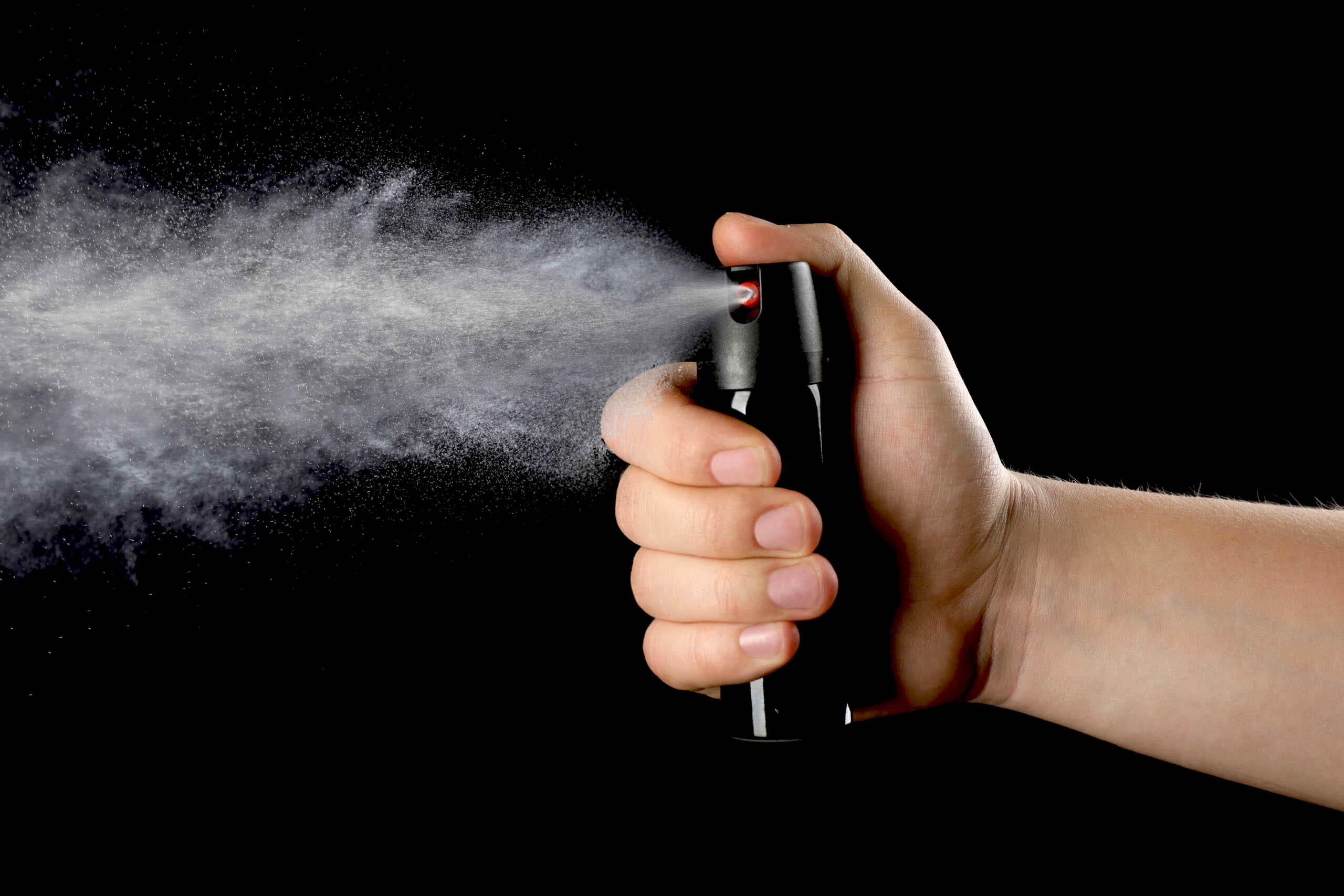
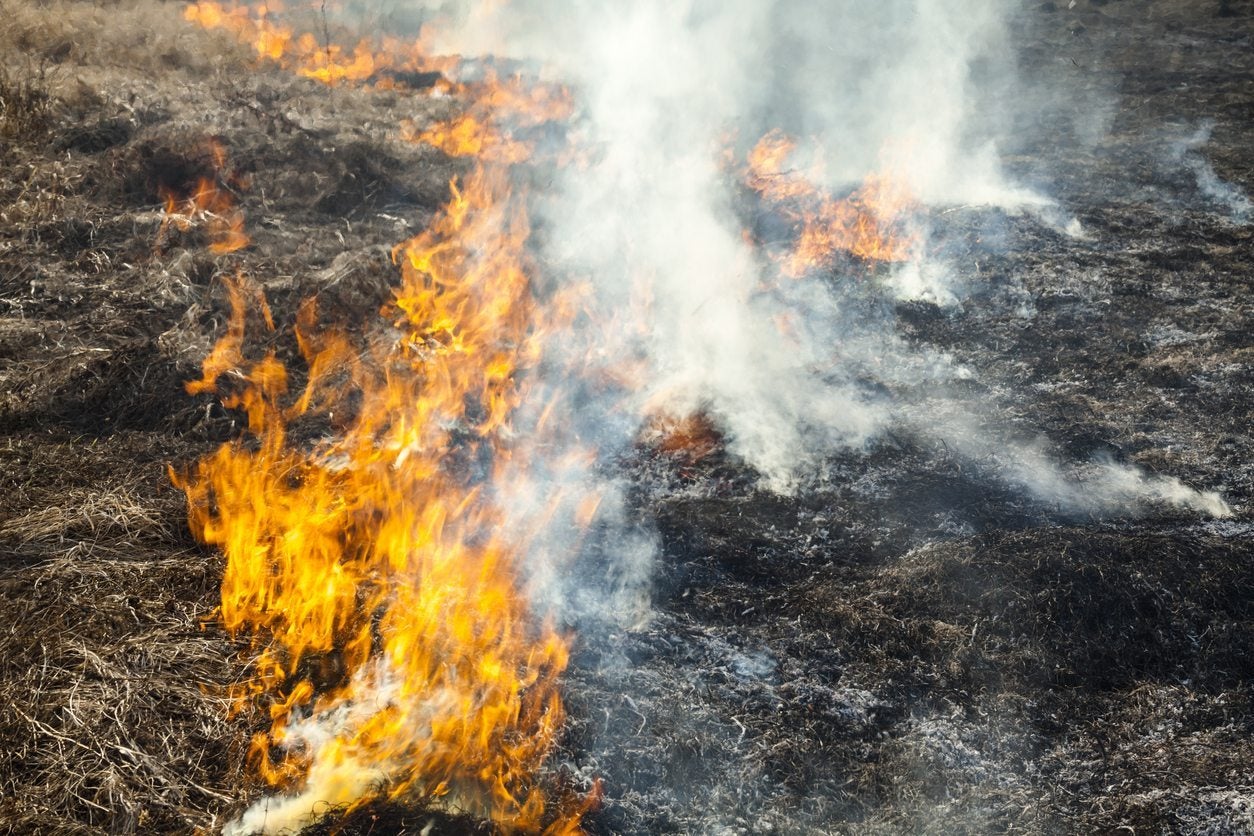
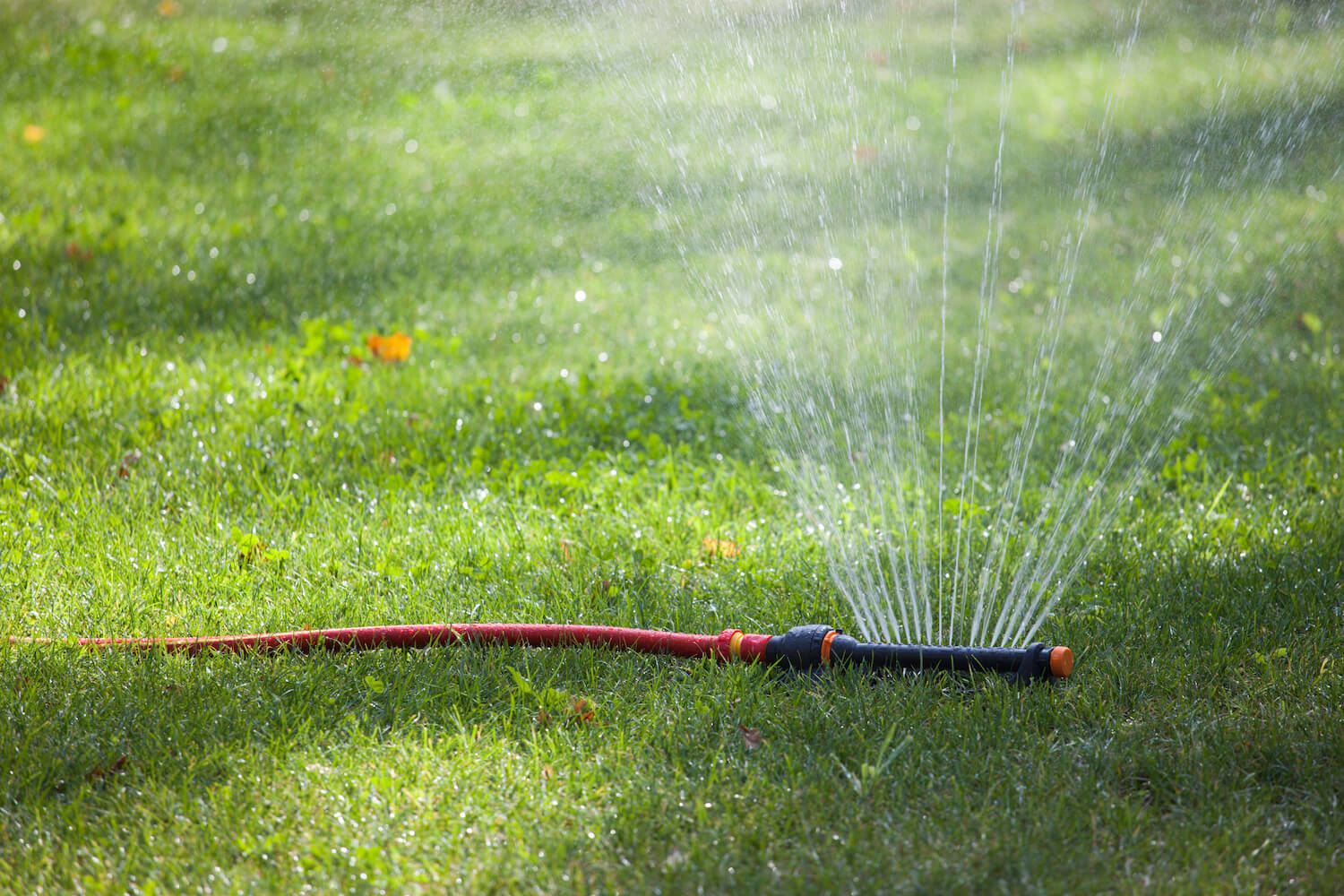
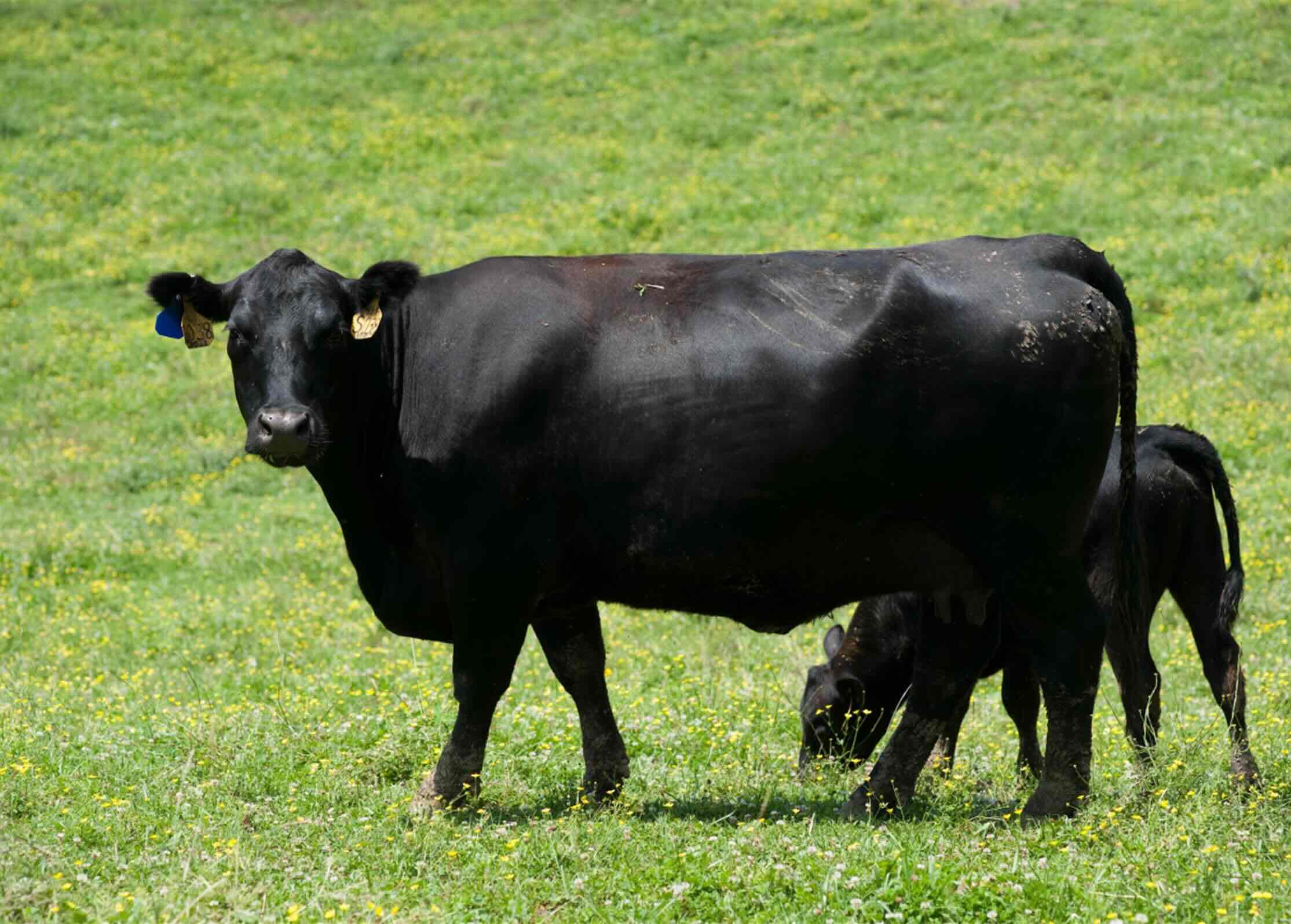

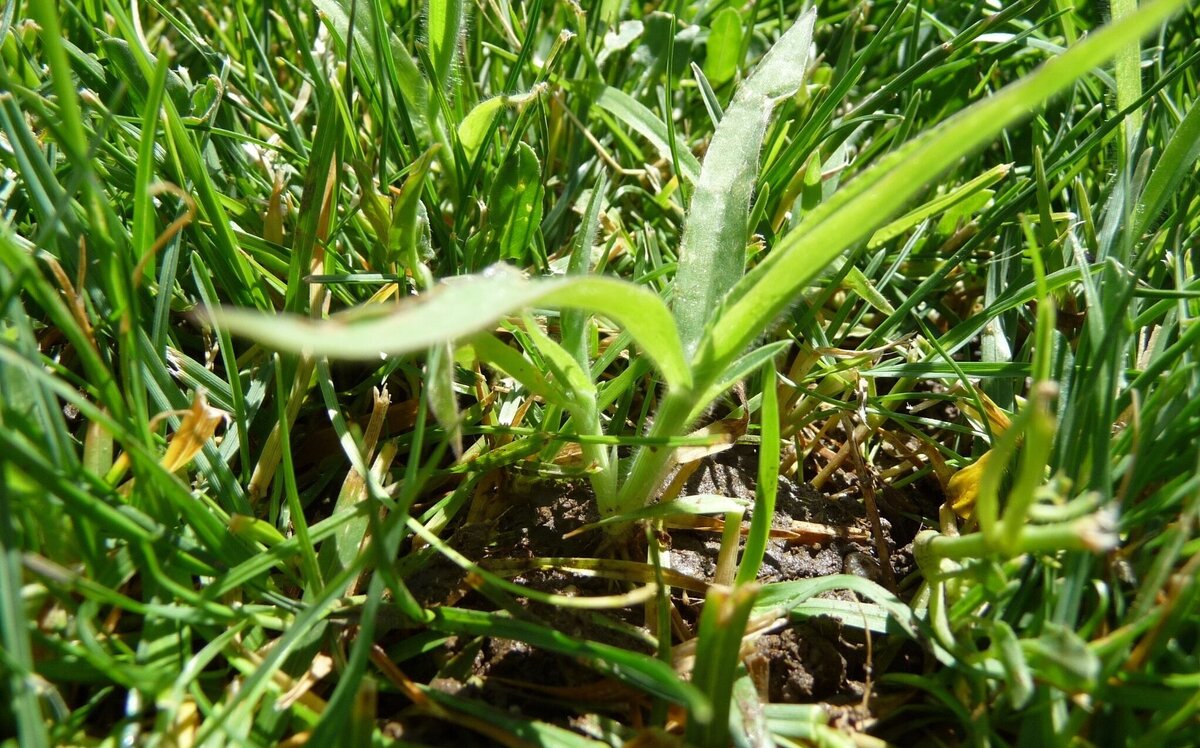
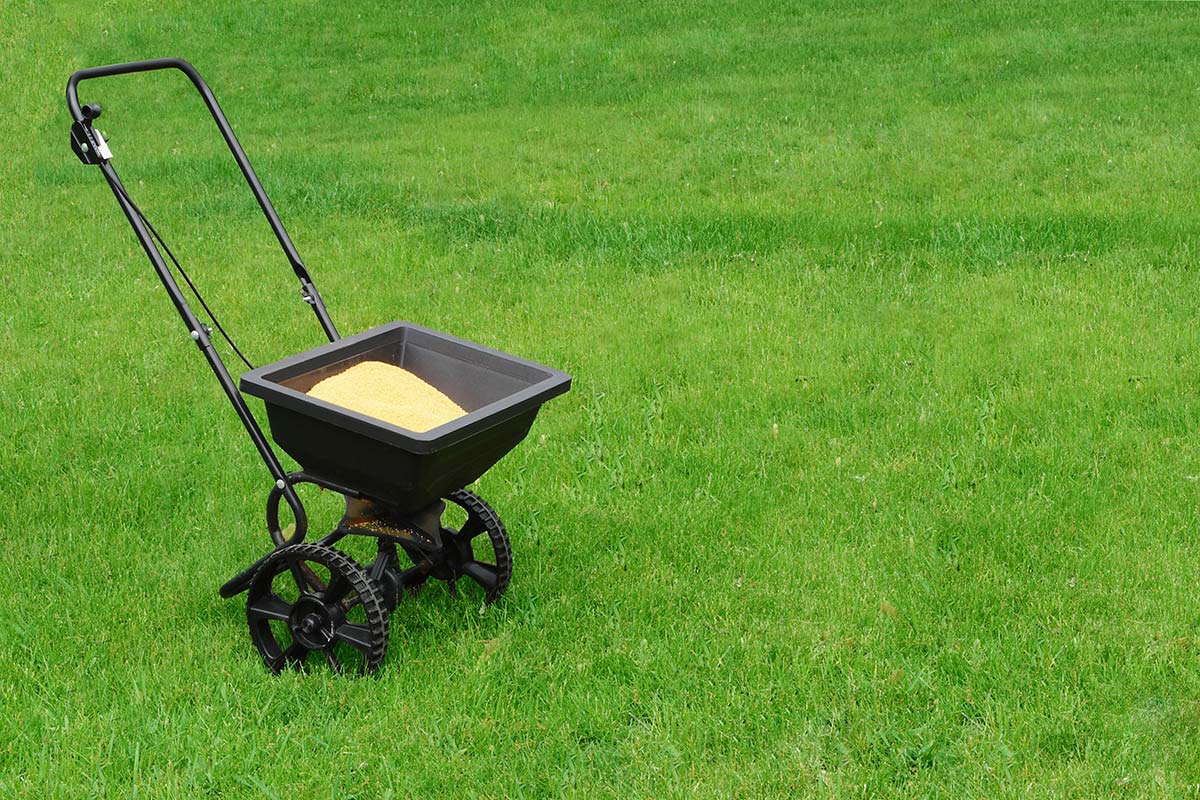
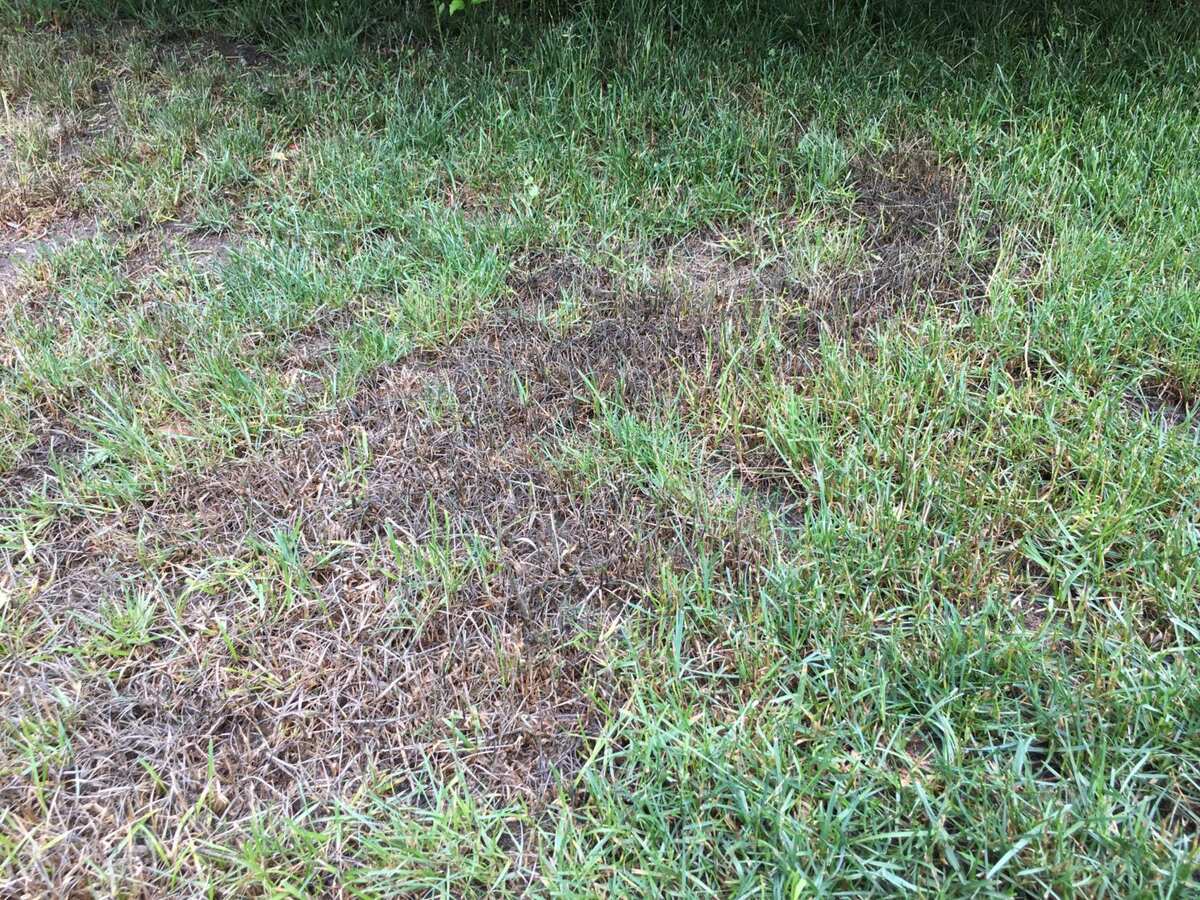

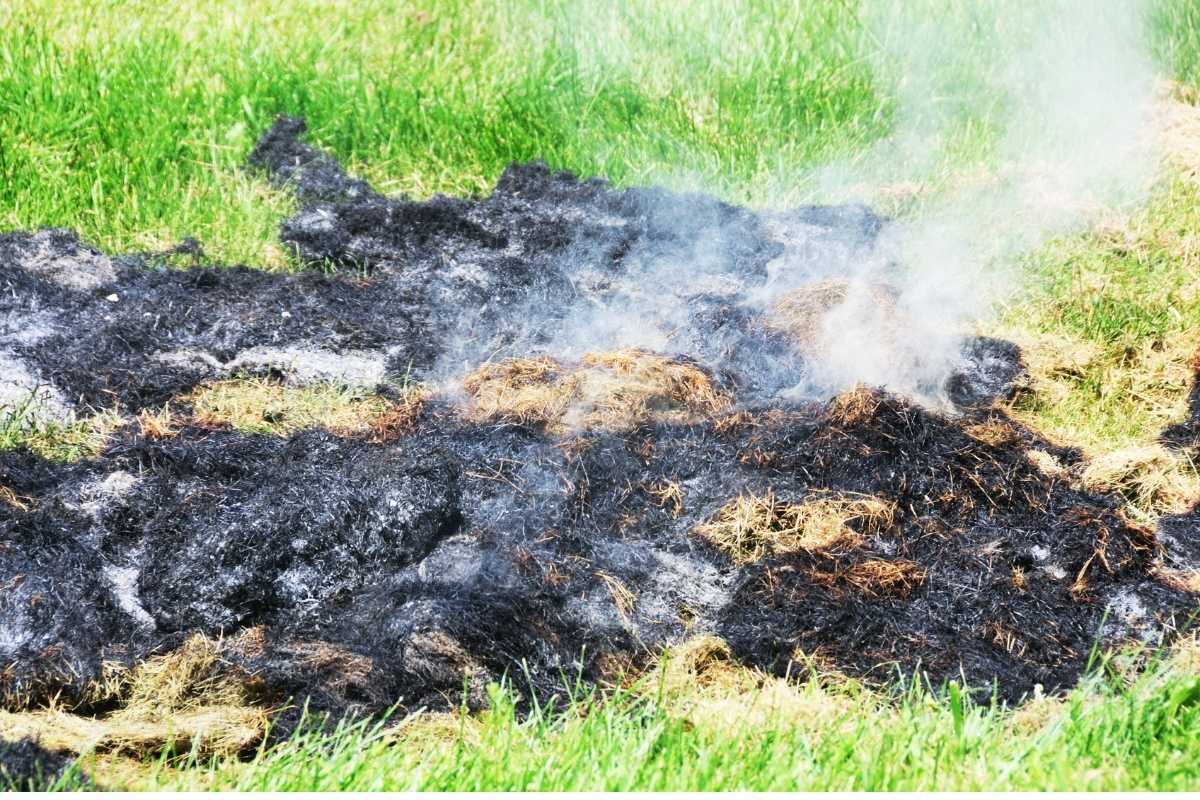
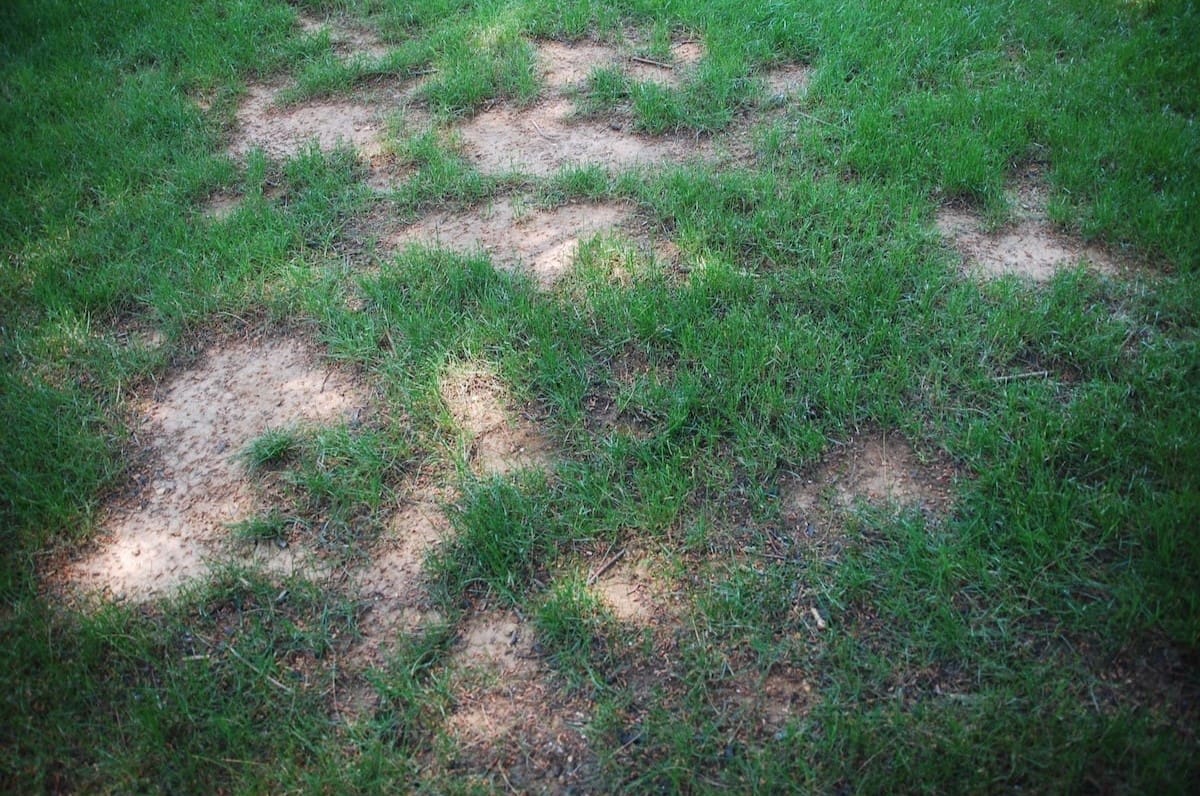
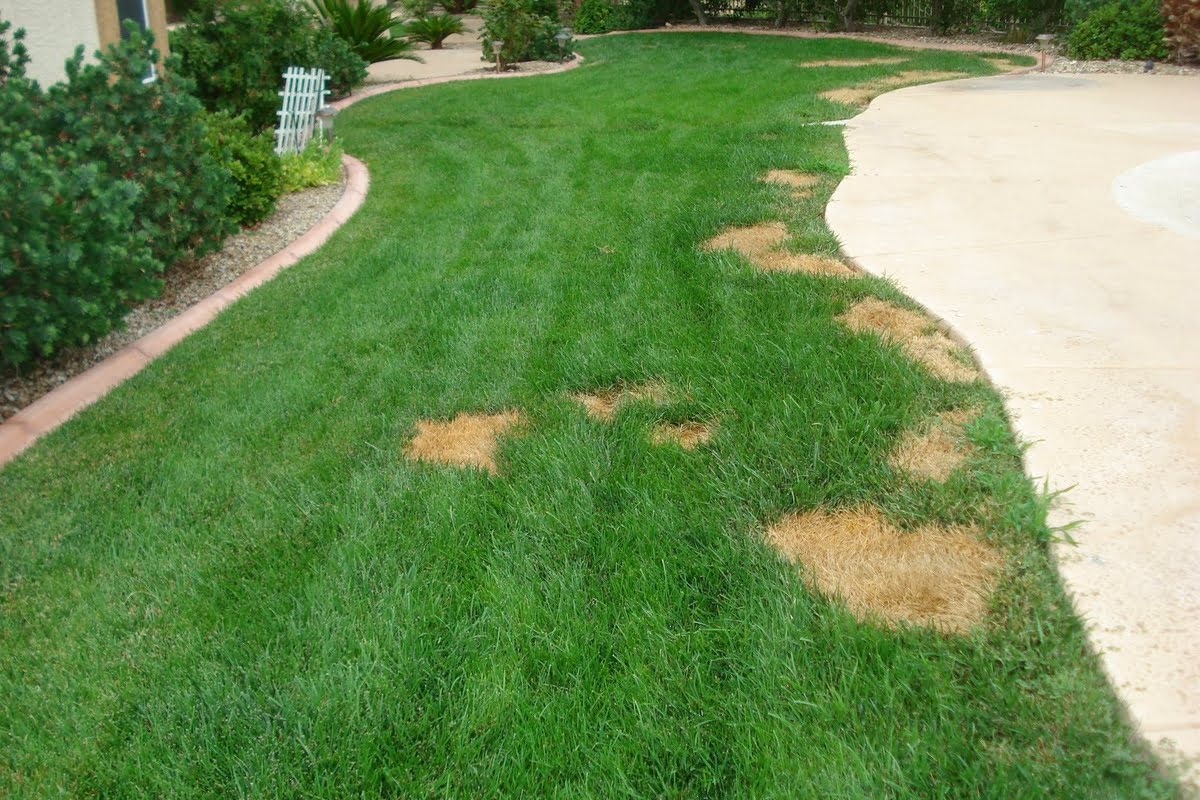
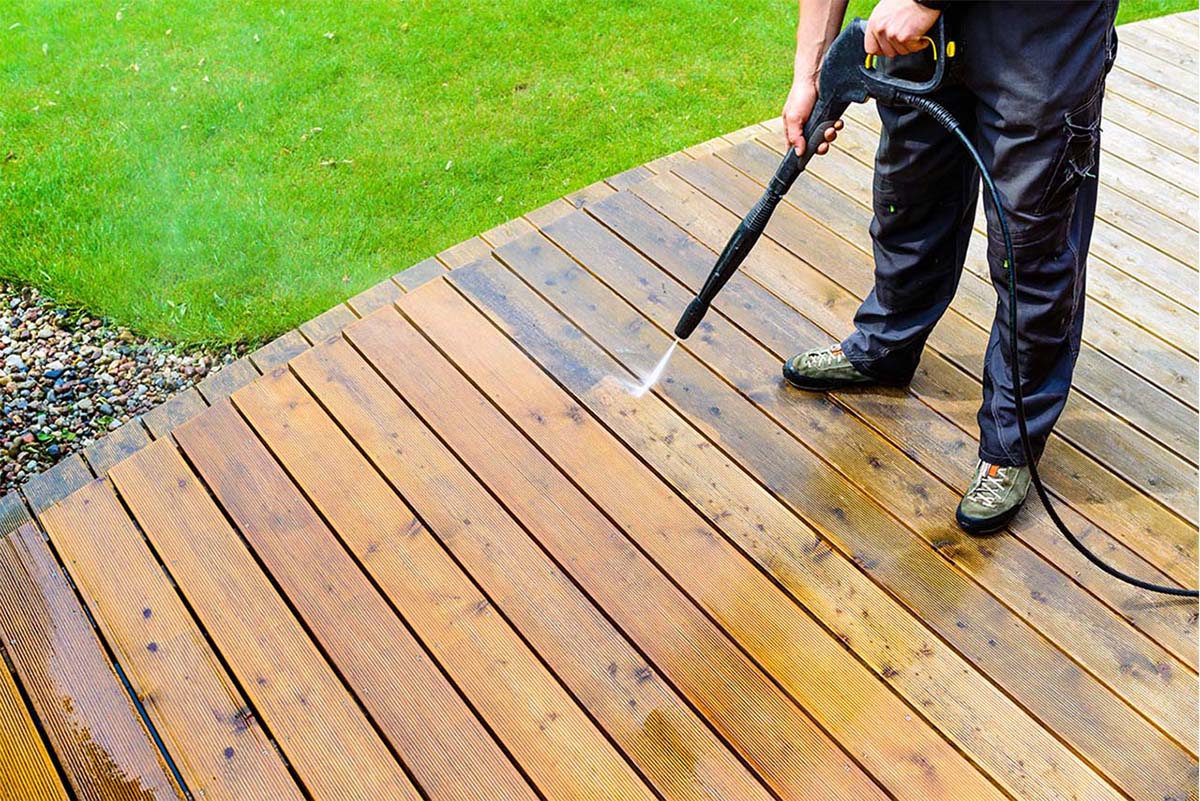

0 thoughts on “How To Treat Grass Burn On Skin”